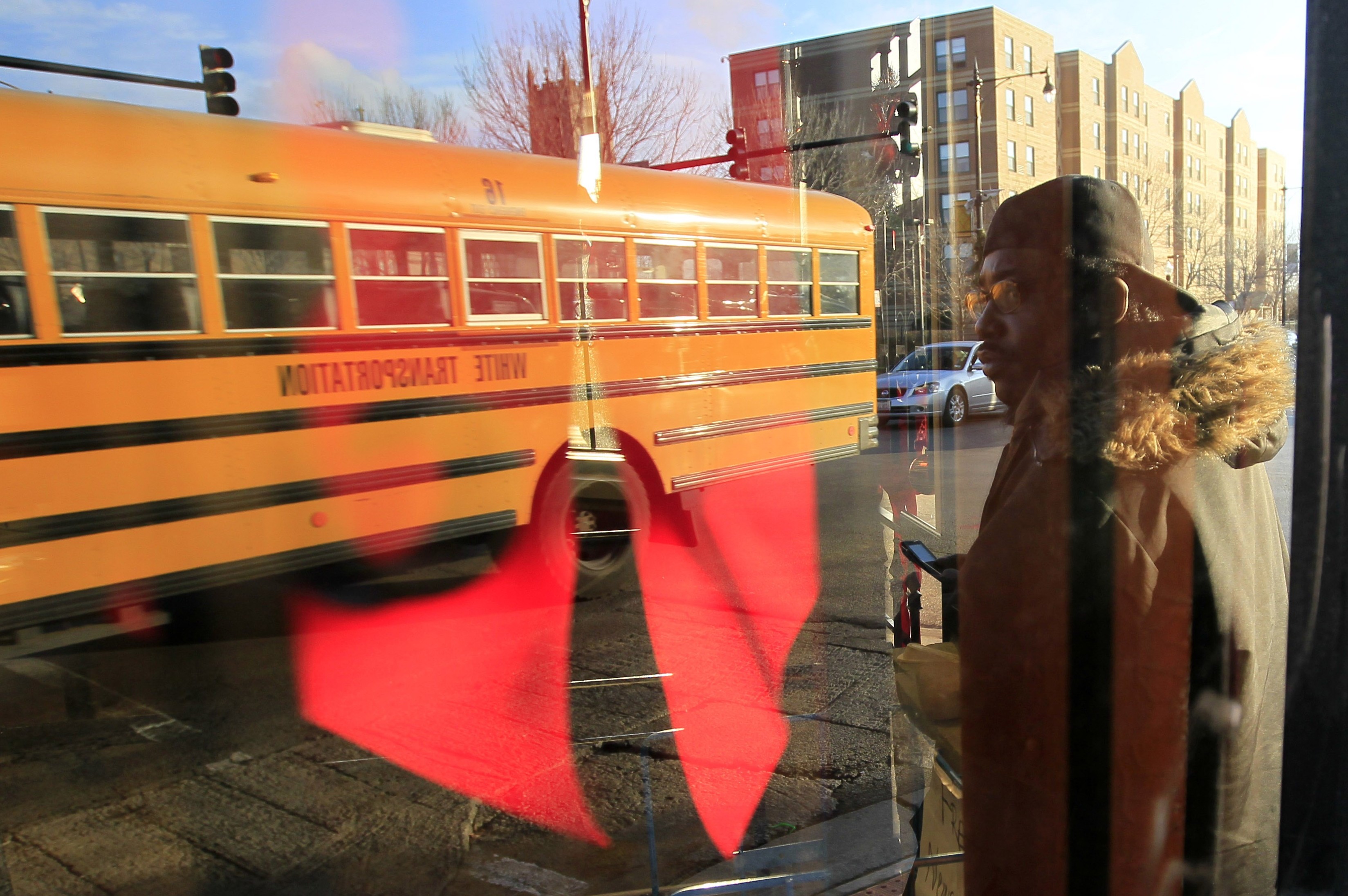Last week I attended a presidential forum in Des Moines with nearly 1,000 grassroots activists from across the Midwest. The focus of the event was on a real economic recovery—one that creates economic security for struggling Americans and invests in underserved communities.
I felt it was important to be there. I wanted to ask candidates how they would reform a criminal justice system that is ripping apart our most vulnerable communities, especially communities of color. What would they do to redirect public funding to support—not strangle—opportunity for people of color? How would they reverse the barriers faced by the 650,000 people released from prison every year?
The issue of how to invest in our struggling communities is one that all candidates—regardless of party—need to address. Yet, for all the debates, forums, stump speeches and glad-handing, not enough of them are talking about it.
I know firsthand how a lack of hope and opportunity desiccate once-thriving families and communities.
Get TalkPoverty In Your Inbox
I grew up on the South Side of Chicago during a time when parents, including my mother and father, could find work on the docks or in the factories that dotted the skyline. Our neighborhood was vibrant and solidly working-class. We had a good life. Then, one by one, the factories closed. My parents and the parents of my friends were all laid off.
There were so few people working it seemed like every day was a federal holiday. With every passing year, during the 1970s and 80s, I saw the lights dim in my community. In a short time, we became defined by unemployment and poverty, and then drugs—first heroin, and then crack cocaine. As a young man, I saw the hustlers, pimps, and drug dealers flashing their money, nice cars, and trendy clothes. Their lifestyle represented the only glitter I saw in the neighborhood. So, at an early age, I became a hustler too. I used drugs and committed identity theft to pay for my habit.
It caught up with me and I served 11 years in state and federal prison. While there, I saw countless 17-, 18-, or 19-year-olds who were sentenced to decades in prison for drug crimes. And once you are in the system, it is designed in a way that keeps you in. It is a vicious cycle where the odds are stacked against you, every door is closed, and any small mistake sends you right back.
It starts with the exorbitant fees and rates that incarcerated people have to pay for things like talking on the phone to stay in touch with family. It continues when people get out—often they cannot even go back home to their families because of “one strike and you’re out” policies that prevent people with criminal records from living in public or subsidized housing. Too many young men end up couch surfing just to keep a roof over their heads at night.
And then there is the job search. When I was released in the mid-1990s, the only work I could get was as a dishwasher. Eventually, I found a second job as a telemarketer. Both jobs paid minimum wage. It is nearly impossible for people coming from prison to get re-established if they can’t get a decent job at a decent wage. You can’t pay all those fines and restitution earning poverty wages.
I now live in Dane County, Wisconsin—home to Madison—where I work as an advocate for the formerly incarcerated. I see the prison system as a form of genocide as I watch hope drain from people who are permanently tagged as “felons.” It’s no wonder they don’t feel they are part of America.
We need to re-invest funds—not toward more police weapons and militarized gear that are used to threaten our communities—but toward programs that create opportunity for people and their relatives who have been scarred with convictions. We need to remove barriers that keep formerly-incarcerated people from working or living with their families. We need to identify the types of jobs available to incarcerated people and prepare them for those jobs.
I was a smart kid growing up. I learned that my people had little chance at a legitimate good life. But I hope all the presidential candidates recognize that we need an America where our young people hope for bright futures, rather than think that the best they can do in this world is not be killed.









